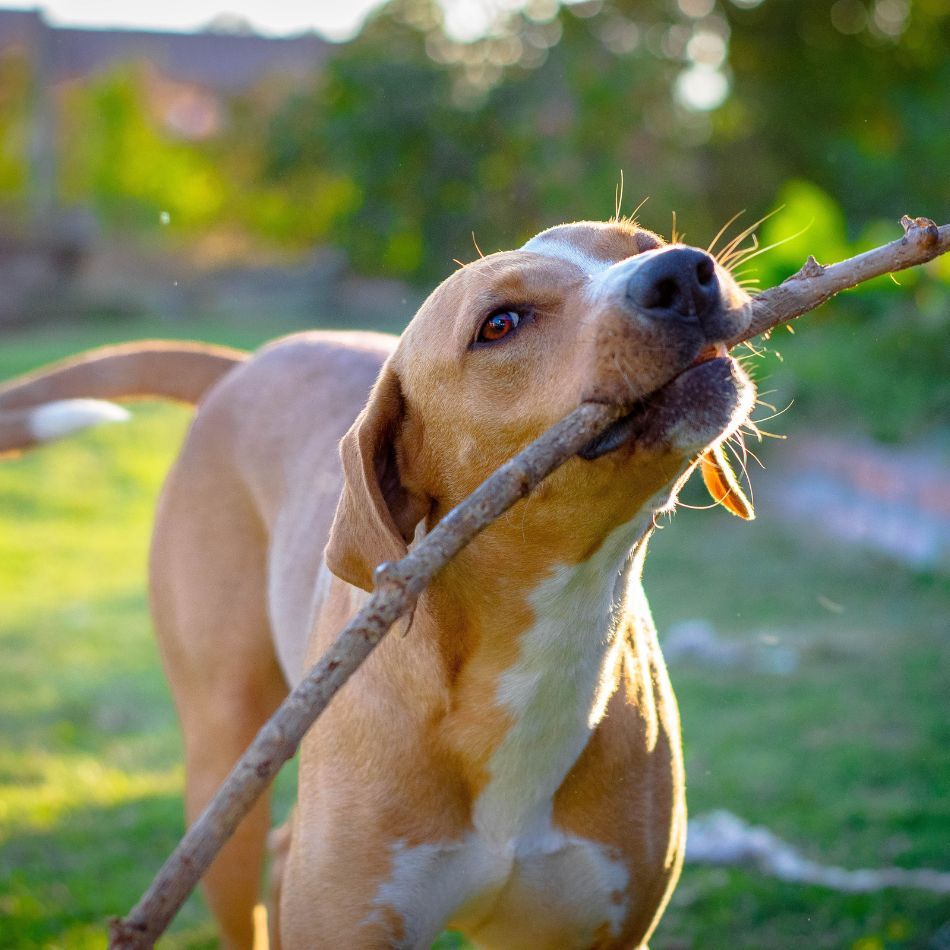Orthopedic Surgery
Orthopedic Surgery
It’s prevalent for dogs, especially older and overweight dogs, to rupture their cranial cruciate ligaments and require pet orthopedic surgery. This ligament is found in the knee and is the human equivalent of the ACL. When a dog ruptures this ligament, its knee joint becomes unstable, and it can no longer walk on the affected limb. Because CCL tears cause significant mobility issues for pets, getting these injuries treated as quickly as possible is essential.


Watch for these behaviors:
- Difficulty jumping, running, or climbing stairs
- Swaying gait, limping, and apparent difficulty in walking
- The space between your pet’s legs may look wider than normal
- One of your pet’s legs may look shorter than the other
- Decreased movement and range of motion
- Yelping or whimpering from pain
- Licking or biting on knee or legs
- Unable to bear weight on the leg
- Sitting abnormally
- Stiffness in legs and joints
- Thickening and swelling of the knee joint
- Audible popping or clicking noises with movement
At Lifetime Pet Wellness Center, we can perform pet orthopedic surgery services like cranial cruciate ligament repairs, with the help of our pals at On the Spot! Our team has years of experience in these procedures, and we will consult with you about the preferred method for your pet. Recommendations depend on the severity of the injury, age, and size of your dog. The three methods used for CCL repairs in dogs are:
- Tibial Plateau Leveling Osteotomy (TPLO)
- Tibial Tuberosity Advancement (TTA)
- Extracapsular (Lateral Suture) Repair
Multiple Options, Optimal Healing
Tibial Plateau Leveling Osteotomy (TPLO)
The Tibial Plateau Leveling Osteotomy (TPLO) method of CCL repair is like the TTA procedure (see below) in that the bones of the knee joint are rearranged to eliminate the need for the cranial cruciate ligament. This procedure is thought to be the most robust repair; however, it is also the more expensive due to the cost of the implant.
Tibial Tuberosity Advancement (TTA)
The Tibial Tuberosity Advancement (TTA) method of CCL repair is also a good option. During the procedure, the tibia is repositioned, so the cranial cruciate ligament is no longer needed to stabilize the knee. A steel cage is used to keep the bone in its new position. Though not as strong as the TPLO, this procedure can often be less costly.
Extracapsular (Lateral Suture) Repair
Extracapsular or lateral suture repair is a procedure that occurs outside the knee joint. In this surgery, the ligament and any damaged cartilage are removed from the knee, and a strong suture is used to replace the cranial cruciate ligament. This keeps the bones from shearing against each other. This method of CCL repair tends to be best for dogs under 40 pounds, and it’s often the least expensive procedure of the three. However, it is the most prone to failure. If the knee cannot heal fully, the suture can rupture, requiring another surgery.
To schedule a consultation for orthopedic surgery, call us at (614) 888-2100.
Have questions?
We are paw-sitivley excited to chat with you and your furry friends!
